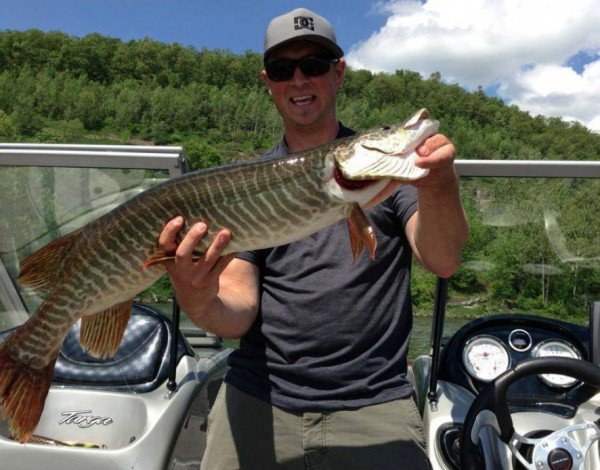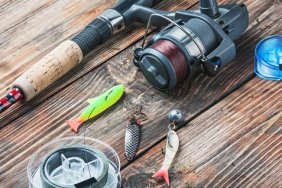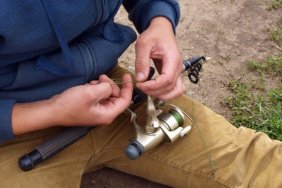Muskie are among the most exciting and ferocious freshwater fish to target, and catching a muskie on fly tackle is one of fishing’s most challenging and rewarding experiences.
Any fish feels exponentially stronger and bigger on a fly rod, but hooking into a muskie will feel like you’ve snagged a dragon by the tail. Fly fishing for muskie presents its own unique challenges, as well, so if you’re committed to targeting them with fly tackle, these pointers will up your odds for success.
RELATED: West Virginia Angler Likely Let Go Record Muskie
If at First You Don’t Succeed
Often times a muskie follow your lure from a distance, even a fly. Muskie are notorious lure chasers and will often strike and roll a lure without actually biting onto it. It takes some willpower and patience, but if this happens, make a mental note of your location and move on to the next spot for the time being. Muskie on the lake don’t often stray far from where you found them the first time. Rather than bombard them with casts until they stop biting altogether, come back an hour or two later, change flies and try again.
Good Vibrations
Lures with movement and vibration tend to excel when muskie are the target. For this reason, flies with plenty of bucktail will be your go-to, especially on lakes, where muskies have more time to study their food. Tapered bodies and long tails also let a fly pulse on the pause, which means they maintain some action even at rest. It’s this subtle movement that can turn a follow into a strike.
RELATED: How to Catch Muskie With a Figure-8
Look for Followers
Inexperienced muskie anglers tend to watch their fly come all the way back to the boat. Instead, keep your eyes trained 5 or 6 feet behind the fly. Muskie tend to follow a short distance behind lures on the retrieve and the sooner you spot the trailing fish, the sooner you can adjust your retrieve to entice a strike. Bonus Tip: Muskie also commonly follow just beneath a fly, so make sure to occasionally glance deeper.
Hit the Slopes
When you’re fly fishing for muskie, it’s smart to cover a variety of depths. The most efficient way to do this is to position yourself so that you can cast to shallow weeds and then bring the fly over deeper weeds. This transitional edge from shallow to deep is often where the majority of the fish will lurk as they wait to ambush prey that passes by.
In the Thick of It
No matter the season, if you can find weedbeds, there’s a good chance you’re going to find muskie. Of all the structure available in a body of water, muskie prefer tall weeds that grow in areas with some depth. Muskie tend to be greenish-brown and striped, which helps them perfectly blend into vegetation. The weeds attract the smaller fish these toothy predators eat and they also offer ideal concealment for an ambush attack.
Photo credit: Wikipedia








